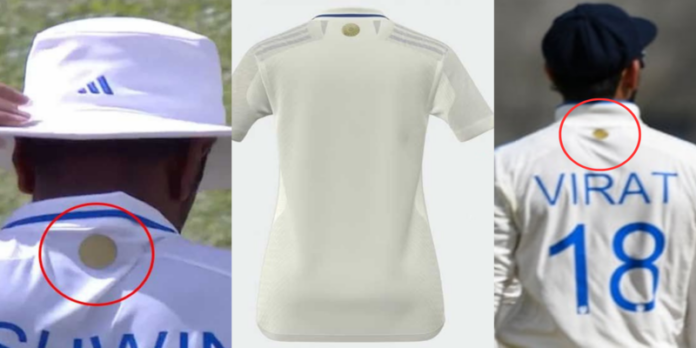Team India registered a dominating win over the Caribbean team in the first test in Dominica on Saturday. It saw a one-sided result, and India won the game by an inning and 141 runs, which helped them take an unassailable 1-0 lead in the two-match series.
The hero of the game was debutant Yashasvi Jaiswal, who went on to register the third-highest score by an Indian on Test debut. He scored a remarkable hundred and made 171 runs to help India post a big total of 421 runs in the first inning.
On the other hand, Ravi Ashwin showed why he is the No. 1 ranked Test bowler in the world right now. Ashwin picked up a five-wicket haul in the first innings and took 5/60. He followed it up with his best bowling performance in away games and picked up 7/71 in the second inning.
It was an unbelievable comeback by the veteran off-spinner in the playing XI after missing the WTC final last month. However, apart from Ashwin’s performance, there was one more thing that caught the attention of the fans.
here was something peculiar about the newly launched Indian kit, which had a yellow patch on the back above the player’s name. Many thought that it was a mosquito repellent patch. However, after a brief research with the official sponsor, Adidas, it was understood that that yellow patch is the logo of the BCCI.
The BCCI’s logo is based on the Indian star emblem. According to Sridhar Acharyulu, the Information Commissioner, the logo was developed by the Government of India in 1928 and bears a 90% resemblance to the Indian flag, as reported by the Economic Times.
Notably, a similar kind of patch can also be noticed on the Australian jersey’s collar. It represents an Australian native art piece known as “Walkabout Wickets”. According to Cricket Australia (CA), that symbol refers to the commitment of the team to finding similar ground with Torres Strait and Aboriginal Islander peoples.




